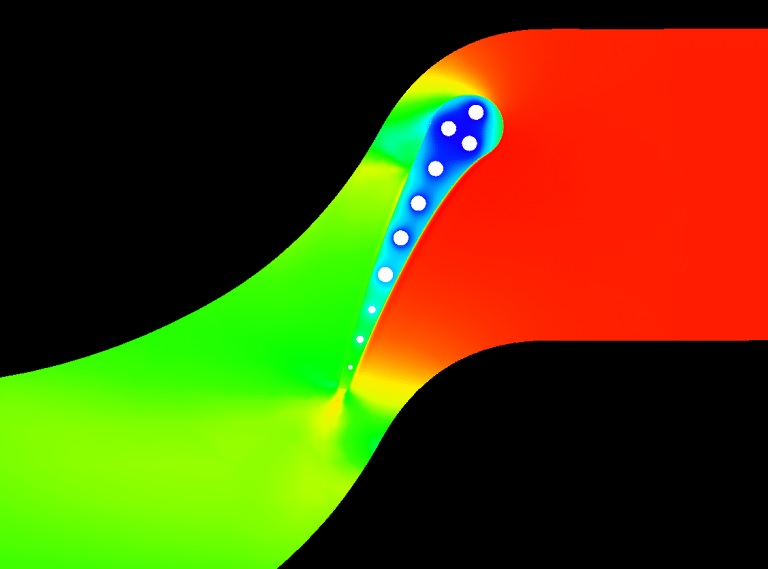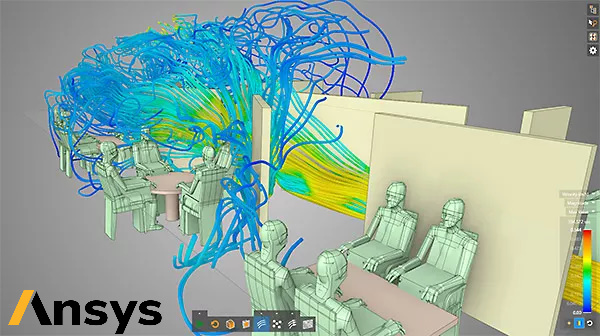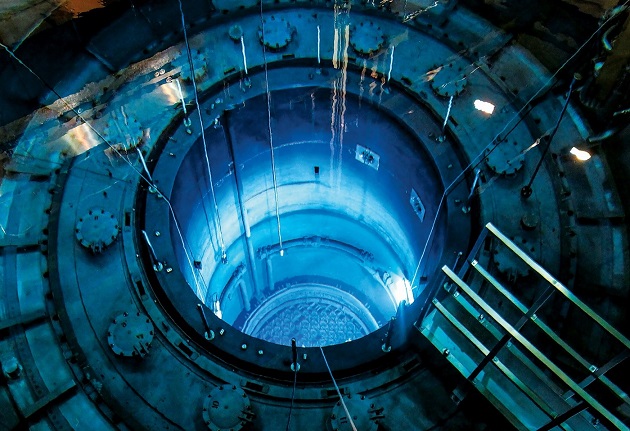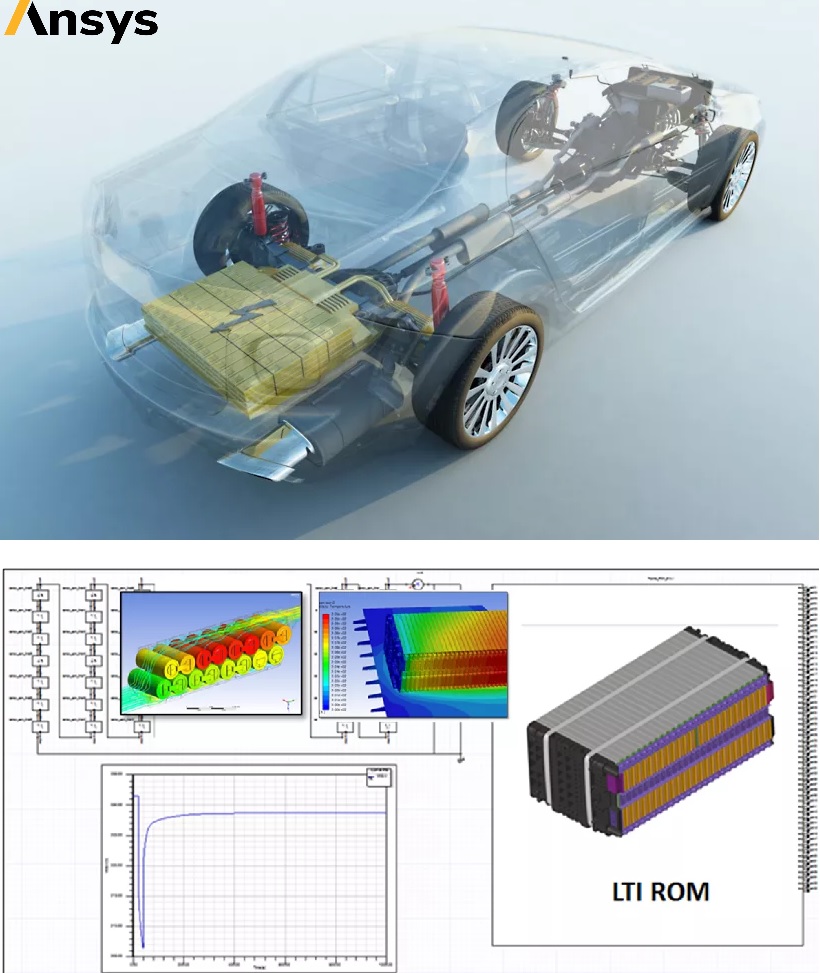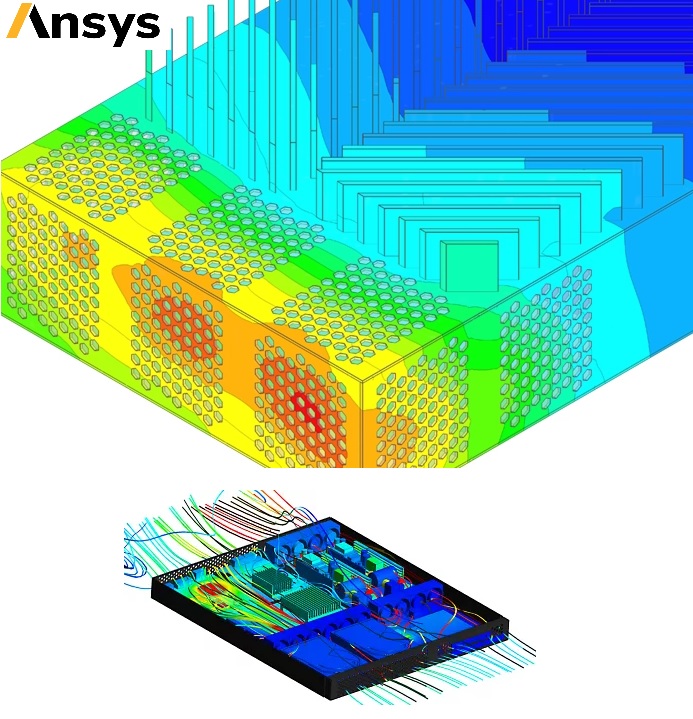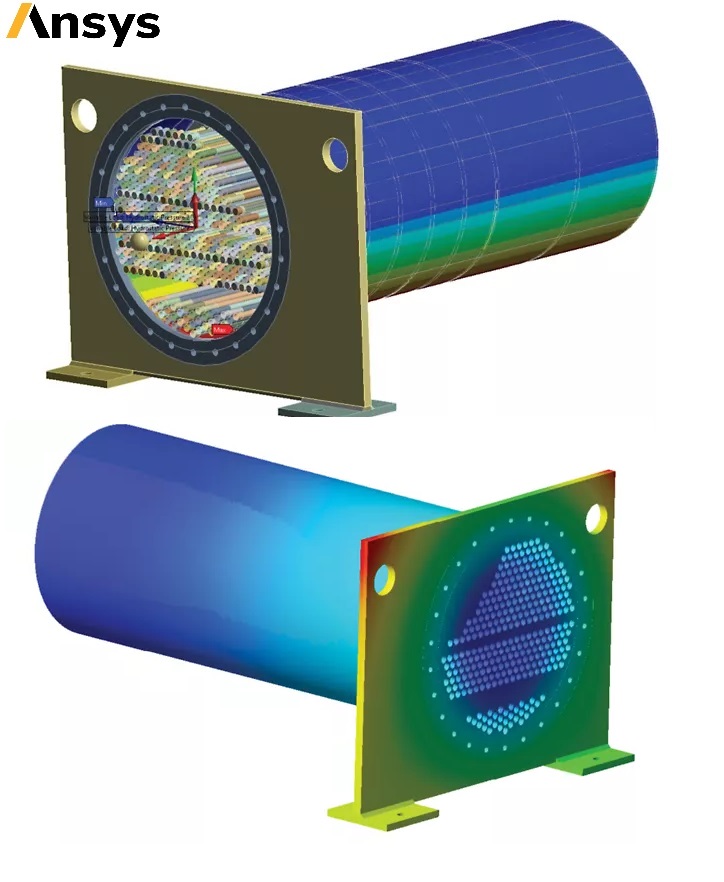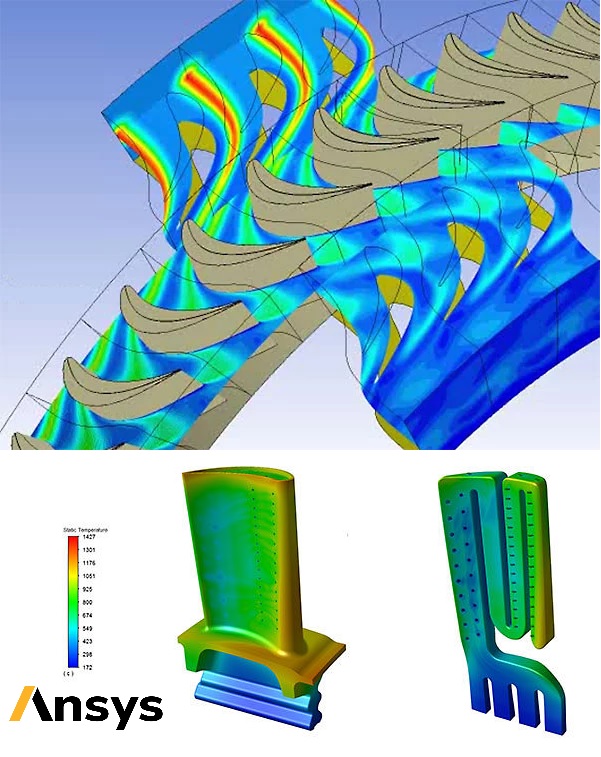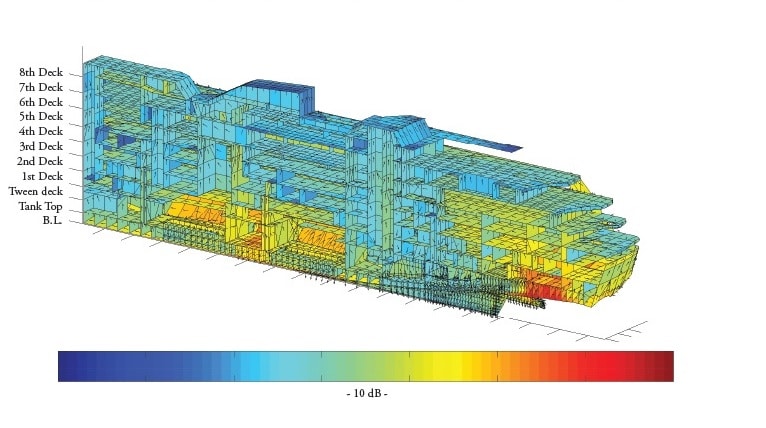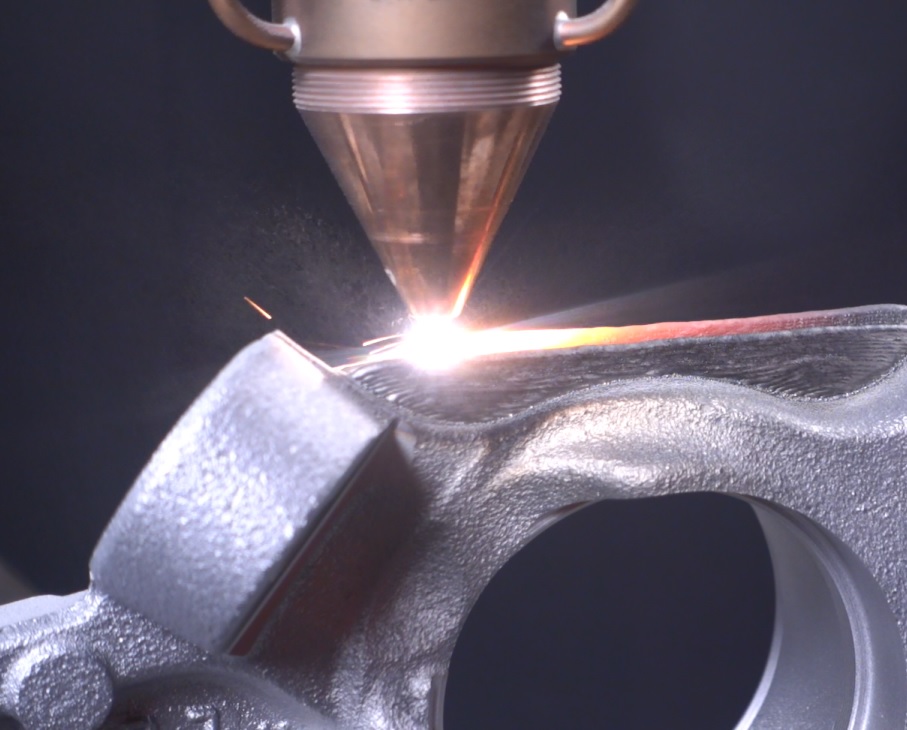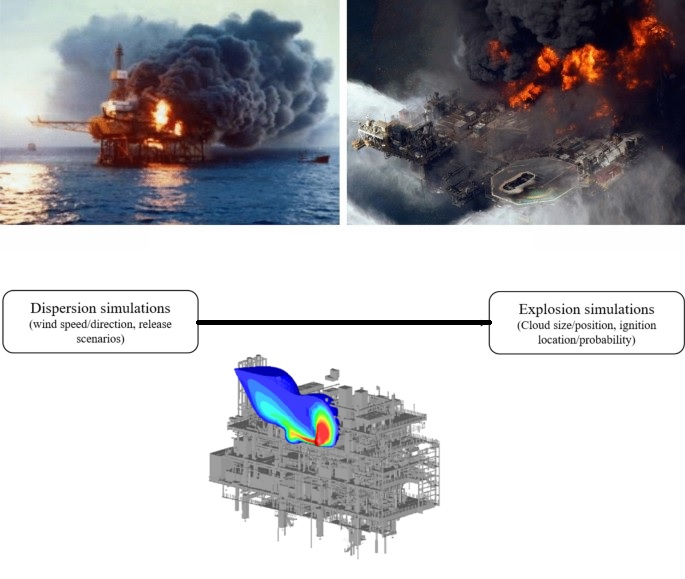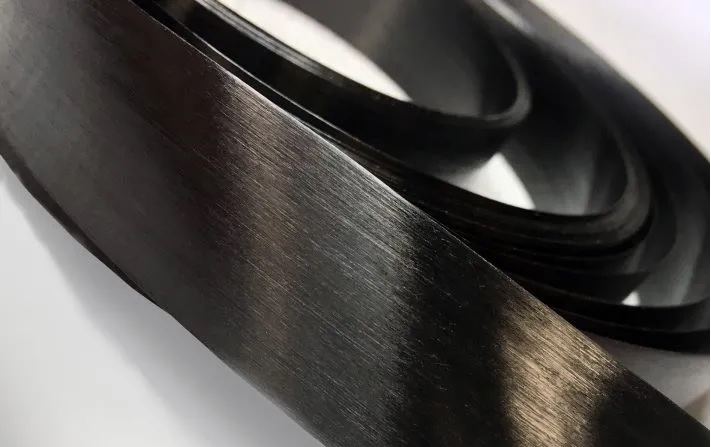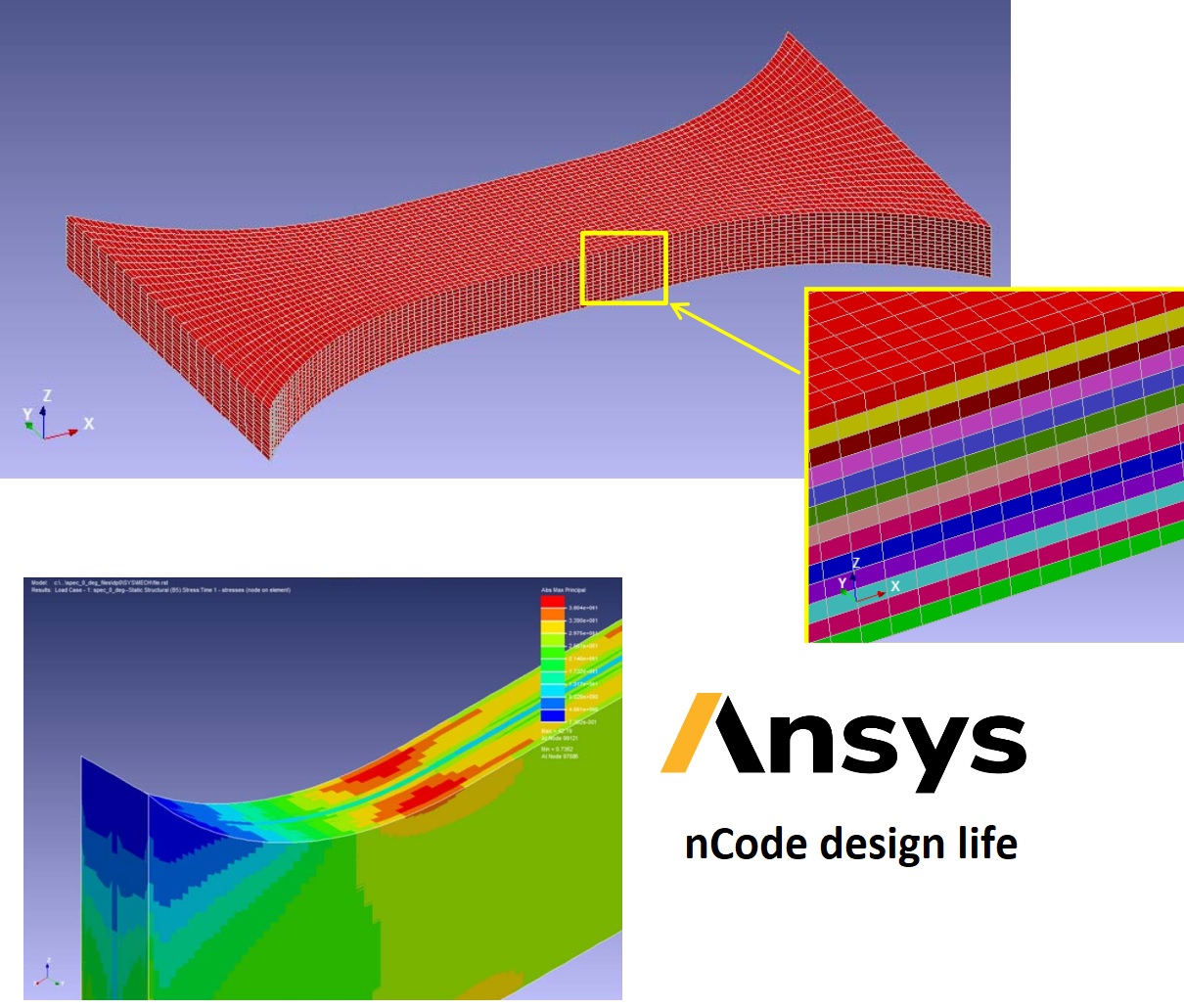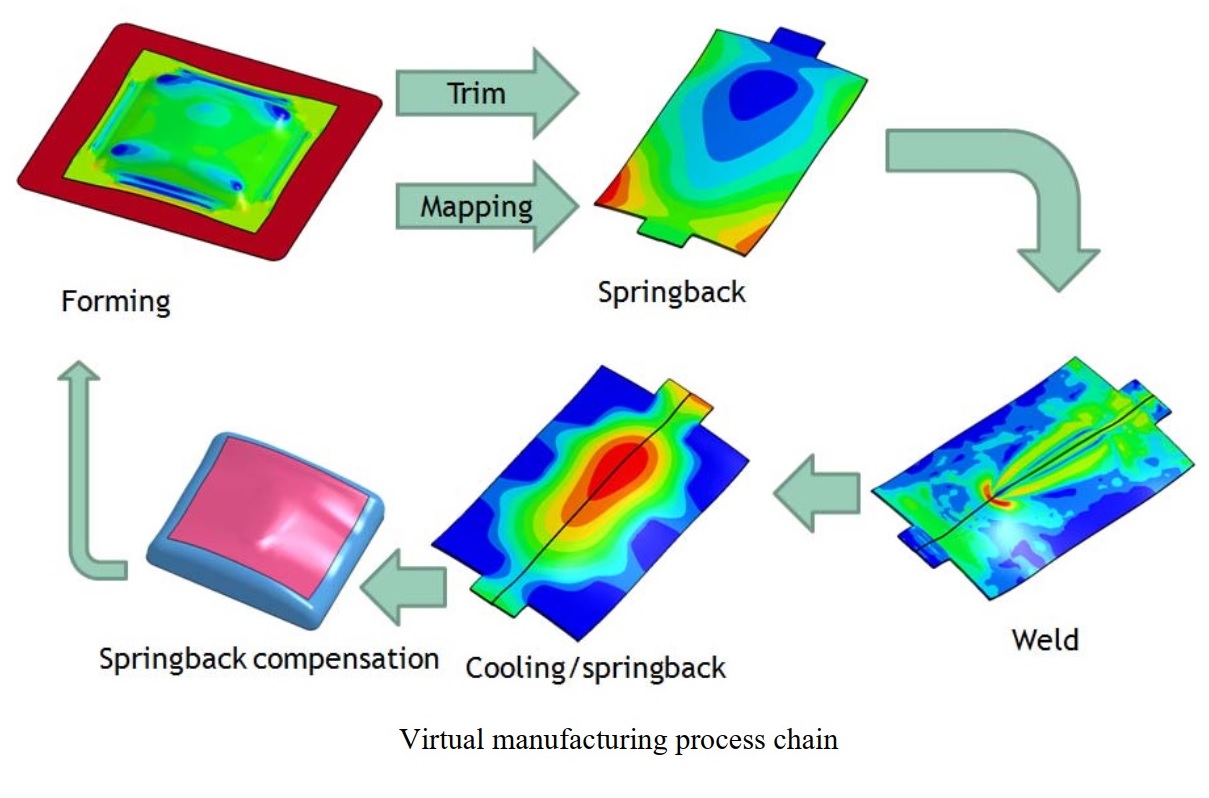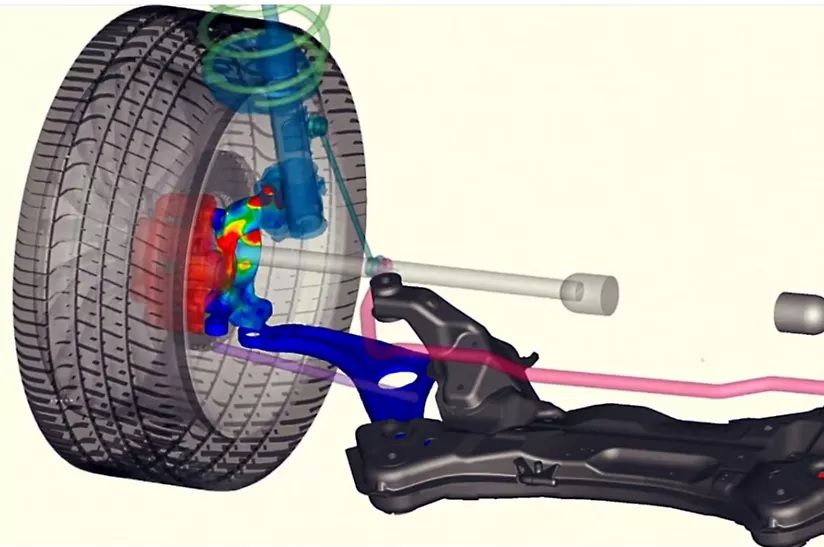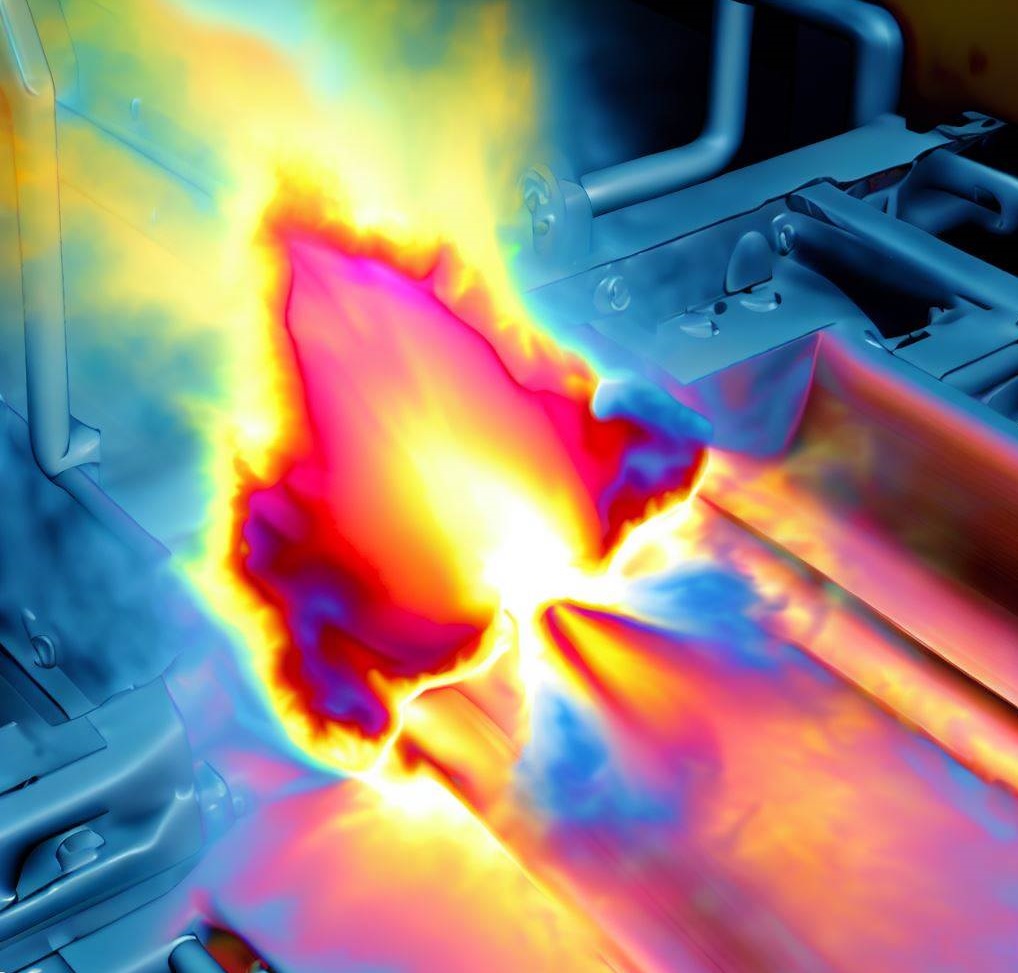Thermal management is crucial in the design of buildings, as it affects the comfort of occupants and the energy efficiency of the building. Building designers need to consider heat and moisture variations in building components to ensure that the building performs optimally in terms of energy consumption and occupant comfort.
Heat transfer analysis is an important tool used by engineers to analyze thermal management in building components such as wooden frames, window frames, and porous building materials. By simulating heat transfer in these components, engineers can optimize the design of the building to ensure that heat is effectively transferred in and out of the building and that the building remains thermally stable.
In addition to heat transfer, Simulation Dynamics engineering team also analyzes water condensation and evaporation on building surfaces, heat and moisture storage, latent heat effects, as well as diffusion and convective transport of moisture. These factors can affect the durability and performance of building components, as well as the comfort of occupants.
By using advanced thermal management analysis techniques, engineers can optimize the design of buildings to ensure that they are energy efficient, thermally stable, and comfortable for occupants. This can help to reduce energy consumption, improve occupant comfort, and increase the overall lifespan of the building.
